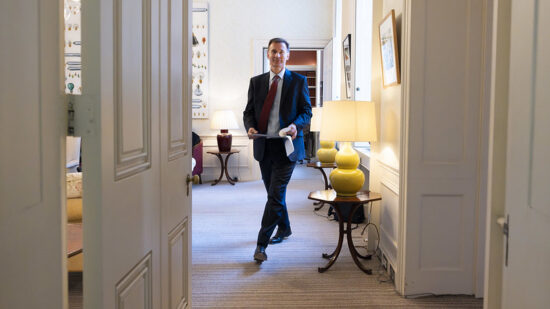According to Simon Blundell, head of sterling bond portfolios within Blackrock’s Fundamental Fixed Income team, the investment community has been “aggressively selling this story” since central banks began tightening monetary policy, but he said this is the “biggest misunderstanding” investors have been led to believe.
Last week Bank of England (BoE) raised the UK base rate by 25 basis points (bps) to 0.5% which Blundell said has led investors to question “when will my bond fund go down?”.
Typically, when interest rates rise bond prices usually fall, but Blundell said bonds can still generate positive returns despite rising bank rates.
He noted the Fed has raised rates four times since December 2015, from 0.25% to its current 1.25%, yet bonds have outperformed over this period. The ICE BofAML All Maturity US Government Bond index has returned 2.7% while the ICE BofAML 1-10 Year US Corporate index has returned 8.4% over the US Fed’s tightening period, said Blundell.
In addition, he observed that since the BoE’s rate hike last Thursday, 10-year UK gilts have returned 1.05%, with the price of the bond increasing from about 98.80 before the Monetary Policy Committee meeting to 99.48 after, according to Bloomberg.
Blundell said even if rates do go up, the market has already priced this in. The market is pricing one 25bps UK rate hike next year then another of the same size the following year, taking the rate to 1% at the end of 2019.
However, Ben Edwards (pictured), lead manager of the Blackrock Corporate Bond fund and co-manager of the Blackrock Sterling Strategic Bond fund, said the market view is optimistic because of the lack of wage inflation and uncertainty of the UK’s future after Brexit.
He also expects the BoE will be reluctant to raise rates because the UK economy cannot stand higher borrowing costs.
Elsewhere, Edwards warned investors over blindly chasing yield in a rising market, describing this as simply “adding risk” to the portfolio.
“The tide has risen and everything looks good and looks like alpha,” he said. “People should be looking at managers that have outperformed and understand why.”
In order to limit risk, Edwards has decreased the Blackrock Corporate Bond Fund’s exposure to the financial sector on the belief that these bonds now offer less value after a strong run of performance. The fund remains overweight financials but has cut the allocation, preferring utilities and telecoms.
The shift, which began in April and continued throughout Q2, saw Blackrock reduce about 10% of the fund’s credit risk in banks and insurers and add 6-7% in corporates which, it said, has reduced the net credit risk.
Edwards said: “Adding risk is a red flag to investors to be looking at whether they are adding risk to portfolios and you need to be careful.”
Speaking about the fund’s risk-averse nature, he said: “Our job is to make money in the most boring way.”
According to data from FE, the Blackrock Corporate Bond fund has returned 6.3%, 20.4% and 32.2% over one, three and five years respectively, versus 4.6%, 16.5% and 26.7% for the IA Sterling Corporate Bond sector.







